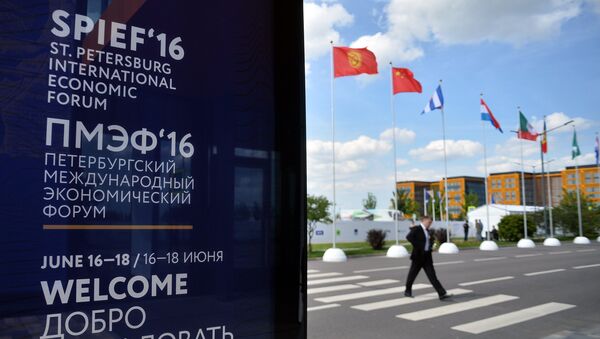ST. PETERSBURG (Sputnik), Daria Chernyshova — In addition to the TPP, there were also the proposed Regional Comprehensive Economic Partnership (RCEP) and Free Trade Area of the Asia-Pacific (FTAAP), as well as the Eurasian Economic Union (EEU).
"In Asia-Pacific, there is a clear indication that the growth center is moving east. This is because of very dynamic business relations, so I think the trade associations are facilitating the business links, and they are providing the policy environment that will enable business to trade, to invest and to deepen their relationship in an easier, faster, and a more efficient way. So the job of the associations and regional trade agreements is to create the enabling environment for the business sector, which is the engine of economic growth," Tiziana Bonapace, of the UN Economic and Social Commission for Asia and the Pacific (ESCAP), said.
"The second generation was very much ones that were characterized as a noodle bowl — lots of bilateral trade agreements, lots of smaller trade agreements that were just proliferating and creating a rather messy trade environment and now more recently we see a new generation which is a mega regional trade agreements, and this is an attempt to bring some order to a spaghetti bowl, to consolidate and to bring about a convergence of this rather messy picture of trade that we had," Bonapace added.


